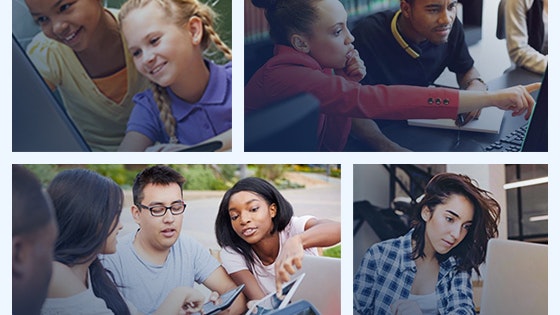Homepage
•
Learning Library
•
Blog
•
How states can support edtech priorities
Expand breadcrumbs
Expand breadcrumbs
- Learning Library
- Blog
- How states can support edtech priorities
- Homepage
- •
- Learning Library
- •
- Blog
- •
- How states can support edtech priorities
How states can support edtech priorities
By Ji Soo Song
April 30, 2020








